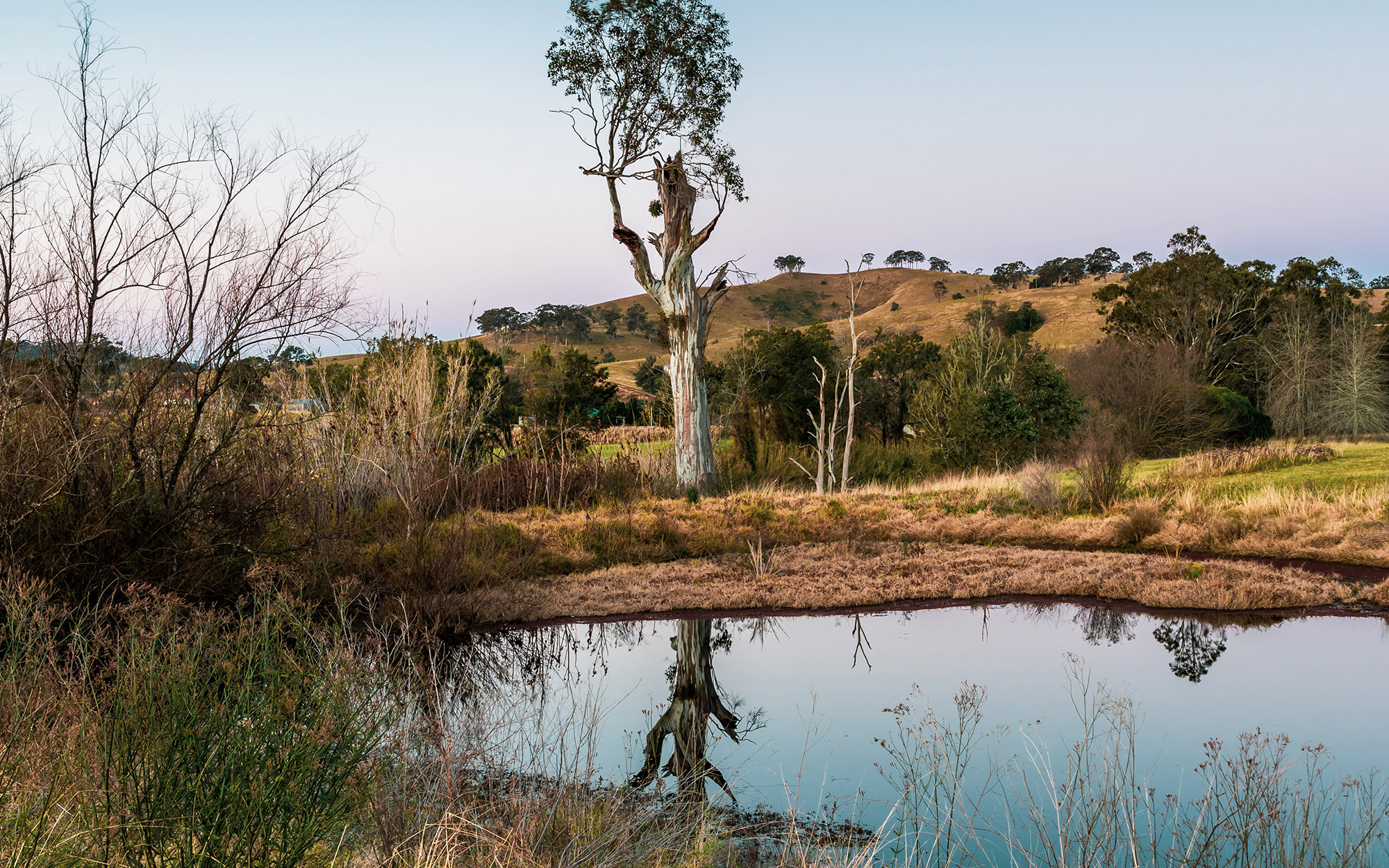About basic landholder rights
Landholders can take water under basic landholder rights without a water licence or approval in certain circumstances.
There are three types of basic landholder rights in NSW under the Water Management Act 2000: (Chapter 3, Part 1).
What are basic landholder rights?
In NSW, you usually need to have a water licence to take water from a natural water body or from underground. But some landholders can also take water without a licence under three types of basic landholders rights.
Domestic and stock rights
If you own or occupy a parcel of land which:
- has a river, lake, or estuary frontage, or
- is overlaying an aquifer,
you can take and use water for domestic consumption and non-intensive stock watering on that land without a water access licence or water use approval.
You will need a water supply work approval if you wish to take water for domestic and stock rights using a bore, or to construct a dam to hold water taken using domestic and stock rights. Further information on applying for these approvals can be found on the WaterNSW basic landholder rights webpage.
Domestic consumption means the use of water for normal household purposes in domestic premises situated on the land, such as for washing clothes or watering gardens around the house.
Stock watering means the watering of stock animals being raised on the land. It does not include raising stock animals on an intensive commercial basis where the animals are housed or kept in feedlots or buildings all or most of the time.
Find out more about domestic and stock rights
Harvestable rights dams
Landholders (owners or occupiers of land) can capture and store a proportion of the rainfall runoff from their landholding in one or more harvestable rights dams, without requiring a water access licence, water supply work approval, or water use approval.
Restrictions on the size and location of the dams apply. In coastal-draining catchments, there are also restrictions on how water in harvestable rights dams can be used. The water captured in a harvestable rights dam cannot be supplied to any other property.
Harvestable rights further information and resources
Find fact sheets and videos to help you understand harvestable rights:
- More information on harvestable rights and what you need to know before constructing a harvestable rights dam or using water stored in this type of dam.
- Rules and requirements for coastal-draining areas of NSW.
- 2021 review of harvestable rights limits in coastal-draining areas.
Native title rights
Anyone who holds native title with respect to water, as determined under the Commonwealth Native Title Act 1993, can take and use water in the exercise of their native title rights without a water licence, water supply work approval (unless the work is a dam or bore), or water use approval.
This is called your native title right.
What can you use your native title right for?
If you have a native title right, and the native title determination applies to land and water, you can use the water you take for purposes specified in the native title determination without a water licence, water supply work approval (unless the work is a dam or bore), or a water user approval, such as:
- manufacturing traditional artefacts
- hunting, fishing and gathering
- recreational, cultural and ceremonial purposes.
Constructing a dam or bore
If you take water under your native title right using a dam or bore, you need a water supply work approval to authorise its construction. This is to ensure that the construction of the dam or bore does not negatively affect water sources and their dependent ecosystems, or other landholders’ access to water for landholder rights.
Find out how to apply for an approval to construct a dam or bore
Find out more about Native Title rights
You are responsible for ensuring that any water you use under a landholder right is safe and suitable to use.
NSW Health warns that water from a dam, river, lake or aquifer can be contaminated with micro-organisms, chemicals or algal blooms.
This water should not be used for drinking or cooking without appropriate treatment.
Information on water quality and treatment is available on the NSW Health website.
